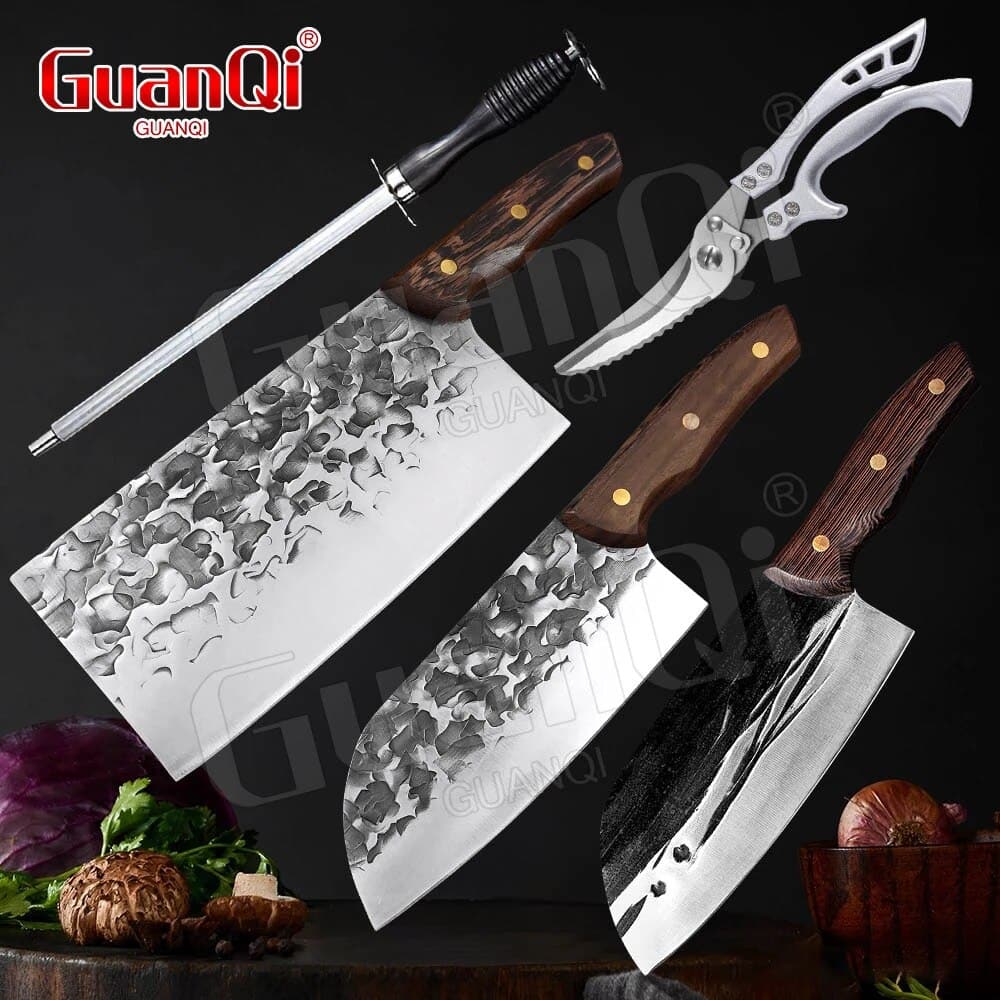
When you’re making knives, you can choose from a variety of steels. They range from tool steels to high carbon steels and stainless steel.
Whether you’re a beginner or expert knifemaker, it’s important to understand the differences between each type of steel. This way you can pick the best one for your project.
Heat Treating
Stainless steel is harder than most other metals and requires a lot of special attention to heat treat. It also requires longer soak times and higher temperatures than most other metals, making it more challenging to properly harden.
This is why you will often find many knifemakers send their blades out to be professionally heat treated by a reputable heat treating firm. This will usually be much more cost effective than if you were to do it yourself.
The first step in heat treating is to preheat the steel. This can be done in an oven or by using a propane forge. Generally you will want to start at 1400 degrees and slowly raise the temperature. This will ensure that you get the correct hardness and don’t overheat the steel or damage it.
Annealing
Annealing is a heat treating process that softens metal, making it easier to form or machine. It can be applied to any steel, but is especially important for stainless steel.
Several classifications of annealing processes exist, including subcritical annealing and full annealing. The former is used to reduce hardness and improve machinability, while the latter is more commonly applied to refine grain structure and make parts more uniform.
It’s also common to apply a heat treatment called precipitation hardening to some grades of stainless steel. These processes produce new phases in the material that increase strength and corrosion resistance.
Austenitic and martensitic stainless steels can be annealed to a desired level of softness and ductility. They can also be subcritical annealed, which produces less hardness but greater ductility. This can be achieved by heating to a temperature in the upper austenite range and then slow cooling to below the critical temperature.
Shaping
Stainless steel is the most commonly used material for knife making due to its superior corrosion resistance, attractive appearance and high strength. It is made from carbon and iron with chromium added to improve its corrosion and stain resistance.
There are many different alloys used to make stainless steel. These can have various amounts of chromium or other elements, which improve their mechanical properties such as strength and hardness.
To shape stainless steel, blacksmiths use a hammer and an anvil to forge it into a blade. This process is known as forging and is used to create a variety of different knives.
In the knifemaking world, a lot of focus is placed on creating an edge that will be durable and easy to sharpen. Shaping stainless steel helps create the right chemical properties for a hardened, well-sharpened edge to be maintained over time.
Before shaping a blade, it is important to understand what you want to achieve. Whether you are teaching a new skill or helping a child learn good table manners, understanding your goal will help you shape the knife to achieve that outcome.
Finishing
If you are looking to forge a knife from stainless steel, there are a few things you need to know. First, you need to understand how the metal works and what finishes are available.
Finishes are a critical factor for any application because they affect friction, wear and maintenance. They can also have a direct impact on corrosion resistance.
There are several popular stainless steel finishes, but you should only use the ones that are appropriate for the application. Using the wrong one could significantly affect your final product and cause costly rework.
For example, a rough surface finish can decrease the material’s corrosion resistance to that of a lower grade. Choosing the right finish can be a tricky process and should always be done professionally.
